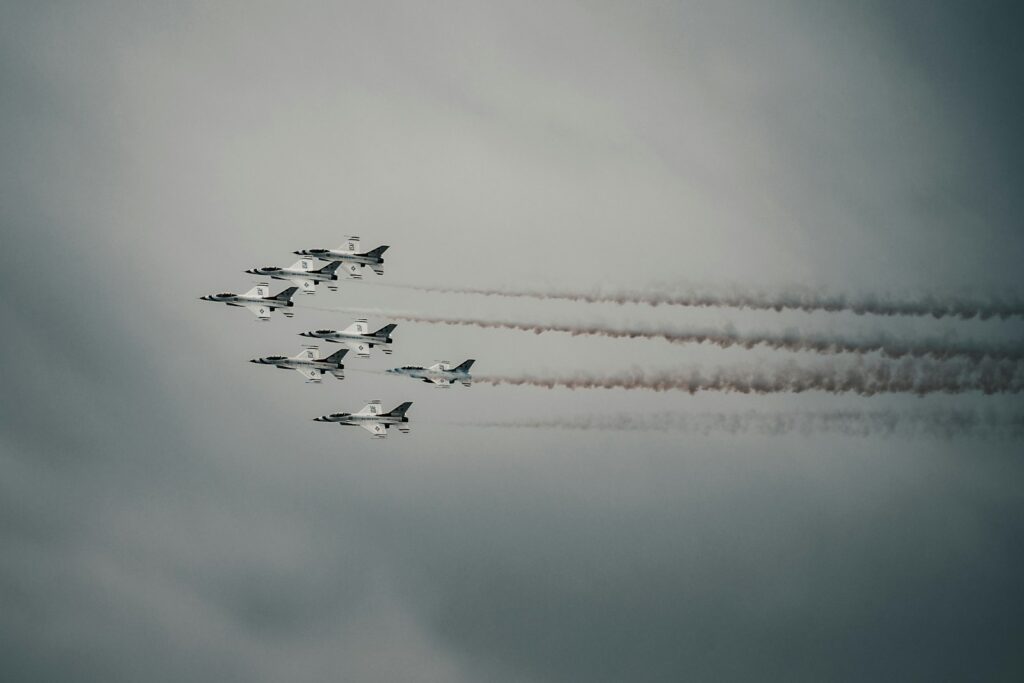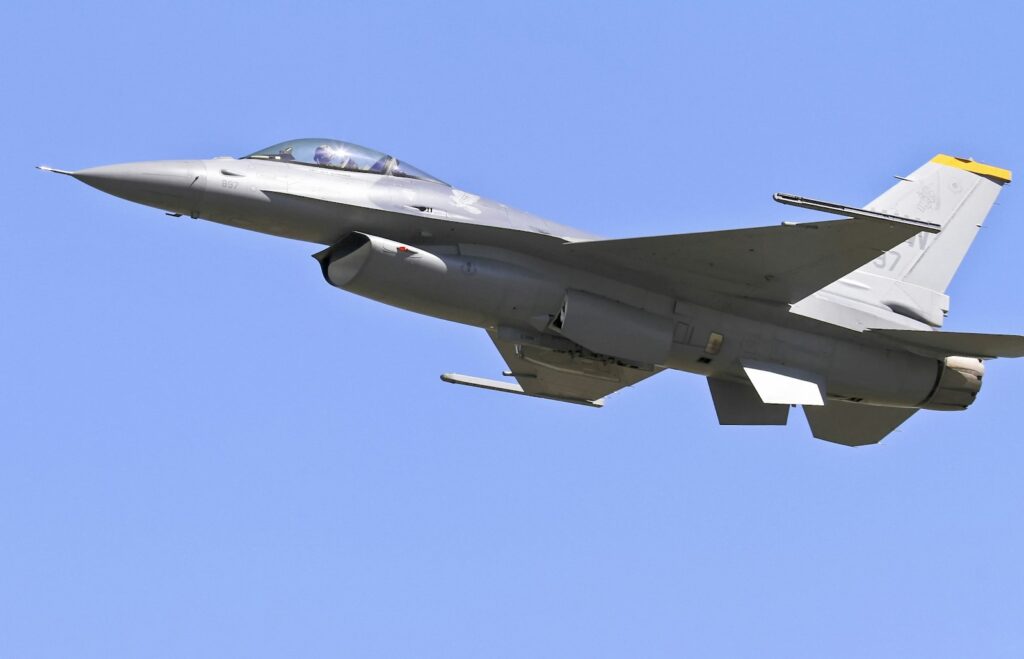
The global skies have become a crucible of technological ambition, where nations continually push the boundaries of aeronautical engineering in pursuit of air dominance. At the forefront of this intense competition stand two formidable fifth-generation stealth fighters: the United States’ F-22 Raptor and China’s Chengdu J-20, often dubbed the “Mighty Dragon.” These aircraft are not merely machines; they are the tangible representations of immense national investments, strategic doctrines, and the relentless quest for aerial superiority in an increasingly complex geopolitical landscape.
For decades, the F-22 Raptor has been the undisputed apex predator of the skies, a symbol of American ingenuity and technological prowess, setting the benchmark for what a fifth-generation fighter could achieve. Its design and capabilities have profoundly influenced subsequent aircraft development. However, China’s rapid rise in military aviation has introduced a significant new contender in the J-20, a jet that, despite its more recent introduction, has quickly asserted itself as a crucial component of Beijing’s modern air force, challenging established hierarchies and prompting a reevaluation of global air power.
This article embarks on an in-depth examination of these two titans, dissecting their core attributes, from the intricacies of their stealth designs to the power of their propulsion systems and the sophistication of their avionics. By juxtaposing their features, capabilities, and underlying philosophies, we aim to provide a comprehensive understanding of where these jets stand in the ongoing race for air dominance, offering insights into the evolving nature of aerial warfare and the strategic implications for the coming decades.
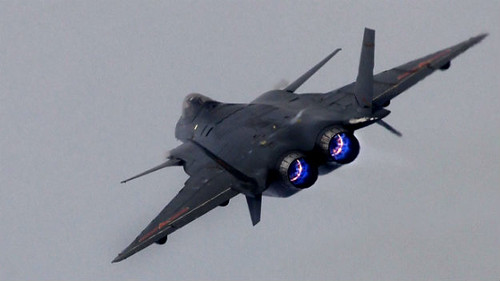
1. **Design Philosophy: Stealth and Radar Cross-Section**At the core of any fifth-generation fighter lies its stealth capability, a design philosophy that seeks to minimize an aircraft’s detectability by enemy radar systems. The F-22 Raptor, for instance, epitomizes this approach with a design that “prioritizes low observability, or stealth, by incorporating angles and materials that deflect radar waves away from the source.” Its “unique ‘faceted’ shape and radar-absorbent coatings minimize its radar cross-section,” granting it a “significant advantage in evading detection and tracking.” This meticulous engineering ensures that the Raptor can operate with an unparalleled level of discretion in contested air environments.
The Chengdu J-20 “Mighty Dragon” similarly “places a strong emphasis on stealth,” incorporating an “angular design and radar-absorbent materials contributing to reduced radar cross-section.” Its “blended wing-body configuration aids in concealing engine exhaust and enhancing its overall stealth profile.” While “the specifics of its stealth features are not fully disclosed,” it is evident that “the J-20 is designed to reduce its radar signature.” This reflects China’s determined efforts to field an aircraft that can contend with the most advanced stealth platforms.
Despite these shared aspirations, “experts generally consider the F-22 superior to the J-20 in raw performance, especially regarding stealth capability, as it’s considered one of the most stealthy jets ever produced.” Some analysts “have pointed out that design features like the J-20’s canards and delta wing layout may improve maneuverability but could compromise its stealth profile.” This suggests a potential trade-off in the J-20’s design, where enhanced agility might come at the expense of absolute stealth, a nuanced distinction that could prove critical in high-stakes aerial confrontations. The internal carriage of weapons in both aircraft is also “essential for maintaining stealth without sacrificing firepower,” reducing the radar cross-section compared to external weapon mounting.
Military equipment: Stealth aircraft
Perrow: 2/3
TotalWidth: 350
Footer: radar,infrared
Categories: All Wikipedia articles written in American English, All articles containing potentially dated statements, All articles with dead external links, All articles with unsourced statements, Articles containing potentially dated statements from 2025
Summary: Stealth aircraft are designed to avoid detection using a variety of technologies that reduce reflection/emission of radar, infrared, visible light, radio frequency (RF) spectrum, and audio, collectively known as stealth technology. The F-117 Nighthawk was the first operational aircraft explicitly designed around stealth technology. Other examples of stealth aircraft include the B-2 Spirit, the B-21 Raider, the F-22 Raptor, the F-35 Lightning II, the Chengdu J-20, and the Sukhoi Su-57.
While no aircraft is completely invisible to radar, stealth aircraft make it more difficult for conventional radar to detect or track the aircraft effectively, increasing the odds of an aircraft avoiding detection by enemy radar and/or avoiding being successfully targeted by radar guided weapons. Stealth is a combination of passive low observable (LO) features and active emitters such as low-probability-of-intercept radars, radios and laser designators. These are typically combined with operational measures such as carefully planning mission maneuvers to minimize the aircraft’s radar cross-section (RCS), since common hard turns or opening bomb bay doors can more than double an otherwise stealthy aircraft’s radar return. Stealth is accomplished by using a complex design philosophy to reduce the ability of an opponent’s sensors to detect, track, or attack the stealth aircraft. This philosophy takes into account the heat, sound, and other emissions of the aircraft which can also be used to locate it. Sensors are made to reduce the impact of low observable technologies and others have been proposed such as IRST (infrared search and track) systems to detect even reduced heat emissions, long wavelength radars to counter stealth shaping and RAM focused on shorter wavelength radar, or radar setups with multiple emitters to counter stealth shaping. However these have disadvantages compared to traditional radar against non-stealthy aircraft.
Full-size stealth combat aircraft demonstrators have been flown by the United States (in 1977), Russia (in 2000) and China (in 2011). As of December 2020, the only combat-ready stealth aircraft in service are the Northrop Grumman B-2 Spirit (1997), the Lockheed Martin F-22 Raptor (2005), the Lockheed Martin F-35 Lightning II (2015), the Chengdu J-20 (2017), and the Sukhoi Su-57 (2020). a number of other countries developing their own designs. In-development aircraft include fighters such as the US’ F-47 and China’s J-36, as well as strategic bombers, China’s H-20 and Russia’s PAK DA. There are also various aircraft with reduced detectability, either unintentionally or as a secondary feature.
Stealth aircraft first saw combat when the F-117 was used in the 1989 United States invasion of Panama. Since then US, UK, and Israeli stealth aircraft have seen combat, primarily in the Middle East, while the Russian Su-57 has seen combat in the Russian invasion of Ukraine.
As of 2025, there has been one confirmed shootdown of a stealth aircraft, during the 1999 NATO bombing of Yugoslavia, of an F-117 by a Serbian Isayev S-125 ‘Neva-M’ missile brigade commanded by Colonel Zoltán Dani, while a second incident damaged an F-117. Russia and allegedly China studied the relatively intact wreckage, which the US military considered too outdated to warrant further action.
Get more information about: Stealth aircraft

2. **Propulsion Systems: Engines and Thrust**The heart of any fighter jet is its engine, and here, a significant distinction emerges between the F-22 and the J-20. The F-22 Raptor is “powered by two Pratt & Whitney F119-PW-100 turbofan engines, each producing 35,000 pounds of thrust,” achieving “exceptional thrust, efficiency, and supercruise capability.” These engines are renowned for their reliability and formidable power output, underpinning the F-22’s superior performance characteristics.
In contrast, earlier variants of the J-20 were “powered by a pair of Saturn AL-31FM2 afterburning turbofan engines, each producing 32,000 pounds of thrust.” More recent versions “have shifted to homegrown Shenyang WS-10B engines, each producing around 30,000 pounds of thrust.” The WS-10B engines, while marking “China’s strides in indigenous engine technology,” are widely regarded as a current limitation. “Issues like a lower thrust rating and reliability questions are also potential shortcomings,” particularly when compared to their American counterparts.
However, China is actively addressing this power gap. The nation is “developing the new WS-15 engine, which promises better efficiency and may enable the J-20 to achieve true supercruise and thrust vectoring capabilities just like the F-22.” This ongoing engine development signifies a critical area of focus for China, as overcoming current limitations in propulsion is paramount to the J-20 reaching its full potential as a true fifth-generation contender, matching the F-22’s established performance metrics.
Military equipment: Marine propulsion
Categories: All articles needing additional references, All articles with unsourced statements, Articles needing additional references from December 2009, Articles with short description, Articles with unsourced statements from April 2013
Summary: Marine propulsion is the mechanism or system used to generate thrust to move a watercraft through water. While paddles and sails are still used on some smaller boats, most modern ships are propelled by mechanical systems consisting of an electric motor or internal combustion engine driving a propeller, or less frequently, in pump-jets, an impeller. Marine engineering is the discipline concerned with the engineering design process of marine propulsion systems.
Human-powered paddles and oars, and later, sails were the first forms of marine propulsion. Rowed galleys, some equipped with sail, played an important early role in early human seafaring and warfare. The first advanced mechanical means of marine propulsion was the marine steam engine, introduced in the early 19th century. During the 20th century it was replaced by two-stroke or four-stroke diesel engines, outboard motors, and gas turbine engines on faster ships. Marine nuclear reactors, which appeared in the 1950s, produce steam to propel warships and icebreakers; commercial application, attempted late that decade, failed to catch on. Electric motors using battery packs have been used for propulsion on submarines and electric boats and have been proposed for energy-efficient propulsion.Development in liquefied natural gas (LNG) fueled engines are gaining recognition for their low emissions and cost advantages. Stirling engines, which are quieter, smoother running, propel a number of small submarines in order to run as quietly as possible. Its design is not used in civilian marine application due to lower total efficiency than internal combustion engines or power turbines.
Get more information about: Marine propulsion
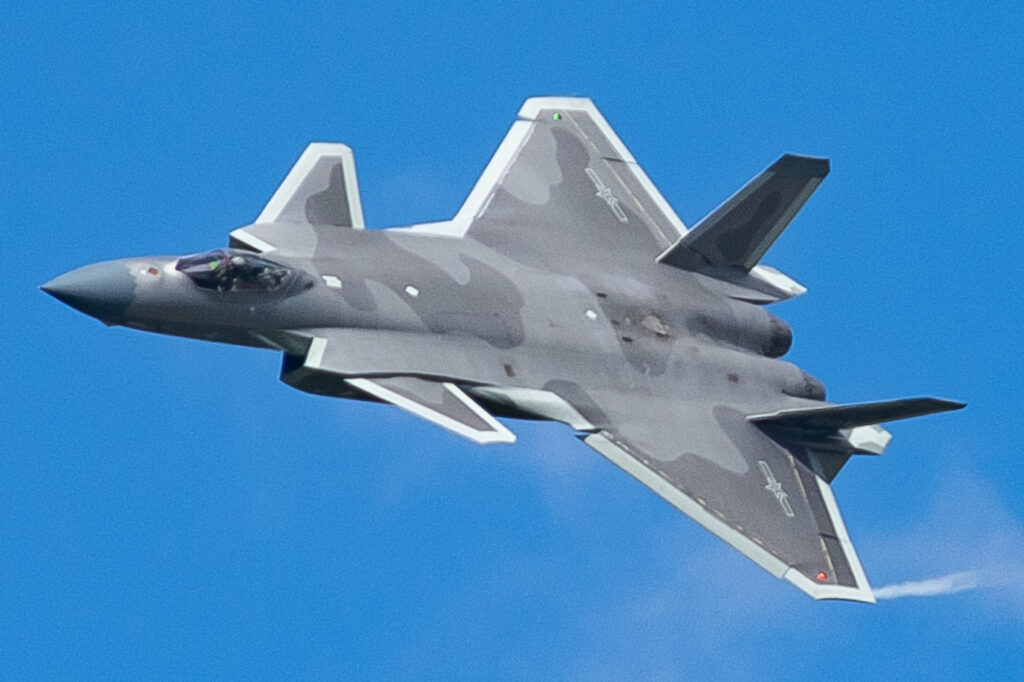
3. **Speed Capabilities: Top Speed and Supercruise**Speed is a critical advantage in air combat, enabling rapid interception, evasion, and strategic positioning. The F-22 Raptor showcases impressive velocity, capable of cruising at “Mach 1.82 (around 1,396 miles per hour) without afterburners” – a capability known as supercruise. When “pushed to its limits,” the F-22 can “reach a top speed of Mach 2.25 (roughly 1,726 miles per hour),” demonstrating its exceptional power and aerodynamic efficiency. This ability to sustain supersonic speeds without relying on fuel-intensive afterburners grants the Raptor increased range and fuel efficiency during high-speed operations.
The J-20’s speed capabilities, while impressive, present a more nuanced picture. Earlier variants of the J-20, powered by Saturn AL-31FM2 engines, could reach “Mach 2.55.” However, with the transition to Shenyang WS-10B engines, “the J-20 can reach a maximum speed of 1,304 miles per hour (roughly around Mach 1.7), while some estimates push that figure up to 1,534 miles per hour or Mach 2.” This suggests a potential decrease in top speed with the indigenous engines, though estimates vary.
Both aircraft share the “ability to achieve supercruise,” meaning they “can sustain supersonic flight speeds without relying on afterburners.” This commonality underscores their fifth-generation pedigree. While the F-22’s supercruise at Mach 1.82 is officially confirmed and a cornerstone of its performance, the J-20’s “true supercruise and thrust vectoring capabilities” are anticipated with the future WS-15 engine, indicating an ongoing effort by China to bring its jet fully to par with the F-22 in this vital performance metric.
Military equipment: Supercruise
Categories: Articles with short description, Aviation technology, CS1: unfit URL, CS1 maint: location missing publisher, Jet engines
Summary: Supercruise is sustained supersonic flight of a supersonic aircraft without using afterburner. Many supersonic military aircraft are not capable of supercruise and can maintain Mach 1+ flight only in short bursts with afterburners. Aircraft such as the SR-71 Blackbird are designed to cruise at supersonic speed with afterburners enabled.
Some fighter jets are capable of supercruise but only at high altitudes and in a clean configuration, so the term may imply “a significant increase in effective combat speed with a full weapons load over existing types”. One of the pre-eminent military examples of supercruise is the F-22 Raptor, for which supercruise was defined as “the ability to cruise at speeds of one and a half times the speed of sound or greater without the use of afterburner for extended periods in combat configuration.”
One of the best-known examples of an aircraft capable of supercruise, and the only notable non-military example, was the Concorde. Due to its long service as a commercial airliner, the Concorde holds the record for the most time spent supersonic; more than all other western aircraft combined.
Get more information about: Supercruise

4. **Agility and Maneuverability: Aerodynamics and Control**Beyond raw speed, the ability to rapidly change direction and orientation in the unforgiving environment of aerial combat – or maneuverability – is paramount for survival and engagement. The F-22 Raptor “boasts exceptional maneuverability thanks to its thrust-vectoring nozzles and advanced fly-by-wire control system.” These features are crucial, as they “enable the Raptor to perform complex aerial maneuvers, allowing it to outmaneuver opponents in dogfights.” Its “delta-wing design and twin-engine layout contribute to both agility and stability,” giving it a significant edge in close-quarters air-to-air engagements.
The J-20’s design “emphasizes high-speed, long-range capabilities, and while it is less maneuverable than the F-22, it compensates with its emphasis on stealth and sensor capabilities.” Its “delta-wing configuration and canard layout contribute to stable flight and enhanced control at various speeds.” While canards can enhance control, some analysts suggest they “could compromise its stealth profile,” highlighting a design trade-off. The J-20’s design appears to prioritize long-range engagement over the extreme dogfighting agility seen in the F-22.
Indeed, “the Raptor’s thrust-vectoring nozzles and its ability to supercruise would give it a significant edge in close-quarters maneuverability and speed compared to the J-20.” This reflects the F-22’s primary role as an air superiority fighter, where unmatched agility is a defining characteristic. The anticipated “thrust vectoring capabilities” with the J-20’s future WS-15 engine indicate China’s intention to bridge this gap, aiming for a more balanced performance profile that includes enhanced maneuverability.
Military equipment: Northrop YF-23
Name: YF-23
Caption: Edwards Air Force Base
Alt: The first YF-23 prototype PAV-1, nicknamed “Black Widow”, conducts test flights over Edwards Air Force Base
Type: Stealth aircraft,fighter aircraft
NationalOrigin: United States
Manufacturer: Northrop Corporation
FirstFlight: 27 August 1990
Status: Canceled, aircraft retired
PrimaryUser: United States Air Force
Produced: 1989–1990
NumberBuilt: 2
Categories: 1990s United States fighter aircraft, Aircraft first flown in 1990, Aircraft with retractable tricycle landing gear, Articles with short description, CS1: unfit URL
Summary: The Northrop/McDonnell Douglas YF-23 is an American single-seat, twin-engine, stealth fighter prototype technology demonstrator designed for the United States Air Force (USAF). The design team, with Northrop as the prime contractor, was a finalist in the USAF’s Advanced Tactical Fighter (ATF) demonstration and validation competition, battling the YF-22 team for full-scale development and production. Nicknamed “Black Widow II”, two YF-23 prototypes were built.
In the 1980s, the USAF began looking for a replacement for its F-15 fighter aircraft to more effectively counter emerging threats such as the Soviet Union’s advanced Su-27 and MiG-29 fighters. Several companies submitted design proposals; the USAF selected proposals from Northrop and Lockheed for demonstration and validation. Northrop teamed up with McDonnell Douglas to develop the YF-23, and Lockheed, Boeing, and General Dynamics developed the YF-22. The YF-23 was stealthier and faster, but less agile than its competitor. After a four-year development and evaluation process, the YF-22 team was announced as the winner in 1991 and developed the F-22 Raptor, which first flew in 1997 and entered service in 2005. The US Navy considered using a naval version of the ATF as an F-14 replacement, but these plans were later canceled due to costs.
After flight testing, both YF-23s were placed in storage while various agencies considered plans to use them for further research, but none proceeded. In 2004, Northrop Grumman used the second YF-23 as a display model for its proposed regional bomber aircraft, but this project was dropped because longer range bombers were required. The two YF-23 prototypes are currently displayed at the National Museum of the United States Air Force and the Western Museum of Flight.
Get more information about: Northrop YF-23
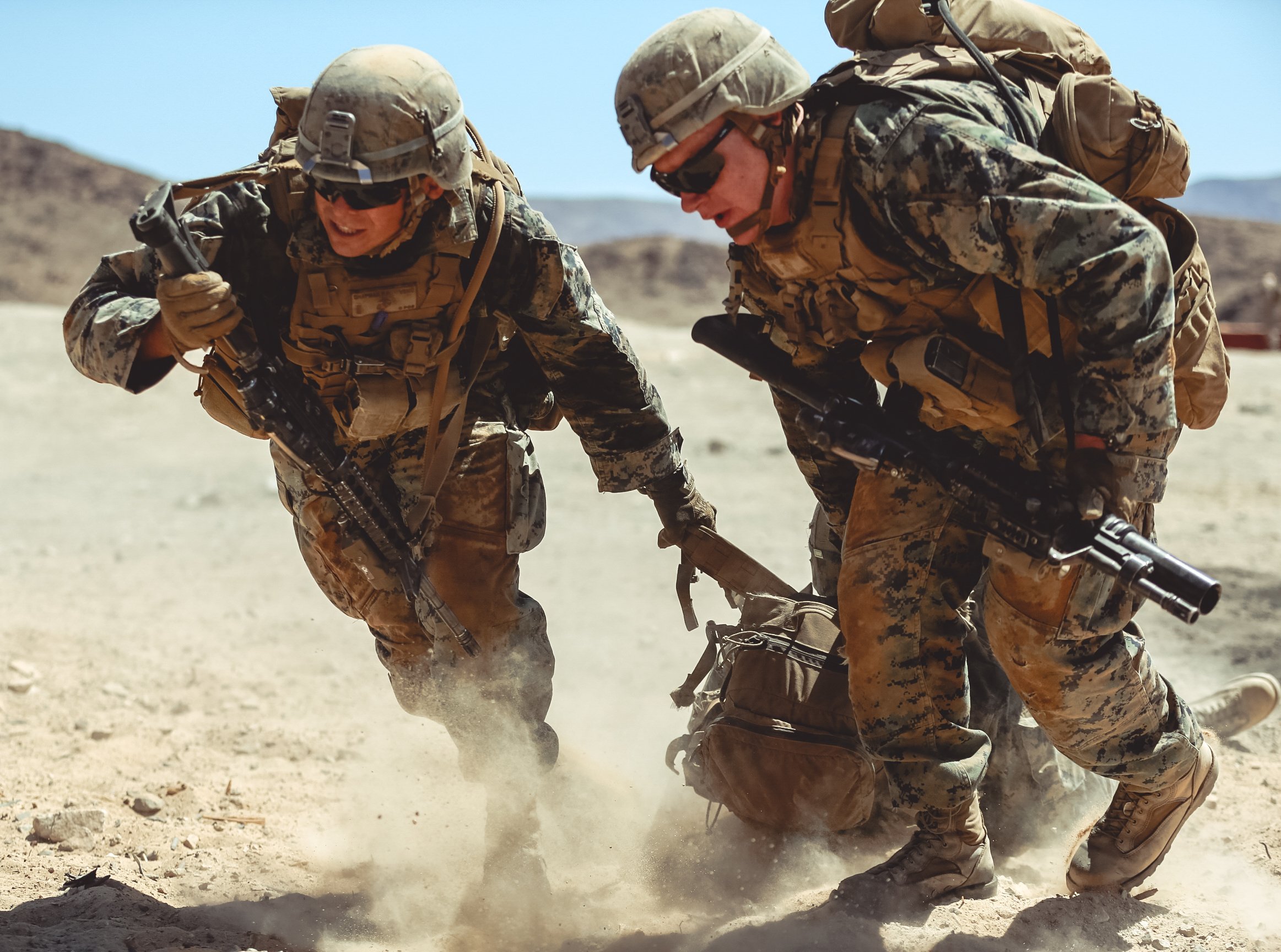
5. **Combat Reach: Range and Service Ceiling**The operational reach of a fighter jet — its combat radius and service ceiling — dictates its effectiveness in vast theaters of operation and its ability to engage targets at high altitudes. For the J-20, “its combat radius is estimated between 745 and 1,367 miles,” offering a substantial operational range. “Its service ceiling tops out at 60,000 feet,” providing a significant altitude advantage for surveillance and engagement. This extended range is particularly strategic for China, given the “necessity given China’s limited tanker resources” for aerial refueling, making long-range capabilities intrinsically valuable.
Conversely, the F-22 Raptor’s “combat radius is limited compared to the J-20’s, ranging from 529 to 679 miles depending on mission profile.” While this might appear as a disadvantage on paper, “the U.S. Air Force’s extensive aerial refueling network greatly extends its operational range,” mitigating this inherent limitation. The F-22’s “official records list Raptor’s service ceiling at 50,000 feet, though some sources suggest closer to 65,000 feet,” indicating its capacity for high-altitude operations.
The disparity in combat radius suggests divergent strategic priorities. The J-20’s longer inherent range supports China’s strategic emphasis on “addressing Western Pacific security challenges,” where vast oceanic distances necessitate extended reach without immediate refueling. For the F-22, the robust logistical support of the U.S. Air Force allows for a design that prioritizes other performance metrics, confident in the ability to extend its operational envelope through its global tanker fleet.
Military equipment: Price ceiling
Categories: All articles with dead external links, All articles with unsourced statements, Articles with dead external links from November 2017, Articles with permanently dead external links, Articles with short description
Summary: A price ceiling is a government- or group-imposed price control, or limit, on how high a price is charged for a product, commodity, or service. Governments impose price ceilings to protect consumers from conditions that could make commodities prohibitively expensive. Economists generally agree that consumer price controls do not accomplish what they intend to in market economies, and many economists instead recommend such controls should be avoided.
While price ceilings are often imposed by governments, there are also price ceilings that are implemented by non-governmental organizations such as companies, such as the practice of resale price maintenance. With resale price maintenance, a manufacturer and its distributors agree that the distributors will sell the manufacturer’s product at certain prices (resale price maintenance), at or below a price ceiling (maximum resale price maintenance) or at or above a price floor.
Get more information about: Price ceiling

6. **Integrated Firepower: Internal Weapons Bays and Armaments**The offensive capability of a stealth fighter is intrinsically linked to its armament and how these weapons are carried. Both the F-22 and J-20, as fifth-generation aircraft, feature “internal weapons bays to maintain their stealth profiles while carrying a substantial payload of missiles and munitions.” This internal arrangement is critical, as it “reduces the aircraft’s radar cross-section compared to external weapon mounting, allowing for enhanced survivability in contested environments.” The ability to strike targets without compromising stealth is a hallmark of these advanced designs.
The F-22 Raptor “is armed with a mix of air-to-air and air-to-ground weaponry, including AIM-120 AMRAAM and AIM-9 Sidewinder missiles, as well as precision-guided bombs.” Its internal bays are capacious, designed to accommodate a diverse range of munitions, ensuring its versatility across various mission profiles. Significantly, “it can also carry two more weapons than the J-20 in its internal weapons bay, for a total of eight missiles,” providing a numerical advantage in terms of immediate firepower during an engagement.
The J-20 “can carry up to six missiles within its internal weapons bay, essential for maintaining stealth without sacrificing firepower.” It “carries a diverse array of air-to-air and air-to-surface munitions, with specifics varying based on its evolving role.” Future Chinese sixth-generation fighter designs, like the potentially designated J-36, are envisioned with even “significant weapons capacity,” featuring “large main weapon bays that can accommodate heavy missiles such as the PL-17, while smaller outboard bays provide space for defensive systems.” This evolution underscores a continuous drive to enhance armament capacity and flexibility across China’s advanced fighter fleet.
Military equipment: Lockheed Martin F-22 Raptor
Name: F-22 Raptor
Caption: Kadena Air Base
Alt: F-22 Raptor flies over Kadena Air Base, Japan on a flight training mission in 2009
Type: Air superiority fighter
NationalOrigin: United States
Manufacturer: Lockheed Martin Aeronautics,Boeing Defense, Space & Security
FirstFlight: Start date and age
Introduction: 15 December 2005
Status: In service
PrimaryUser: United States Air Force
Produced: 1996–2011
NumberBuilt: 195 (8 test and 187 operational aircraft)
DevelopedFrom: Lockheed YF-22
DevelopedInto: Lockheed Martin X-44 MANTA,Lockheed Martin FB-22
Categories: 1990s United States fighter aircraft, Aircraft first flown in 1997, Aircraft specs templates using more power parameter, Aircraft with retractable tricycle landing gear, All Wikipedia articles written in American English
Summary: The Lockheed Martin/Boeing F-22 Raptor is an American twin-engine, jet-powered, all-weather, supersonic stealth fighter aircraft. As a product of the United States Air Force’s Advanced Tactical Fighter (ATF) program, the aircraft was designed as an air superiority fighter, but also incorporates ground attack, electronic warfare, and signals intelligence capabilities. The prime contractor, Lockheed Martin, built most of the F-22 airframe and weapons systems and conducted final assembly, while program partner Boeing provided the wings, aft fuselage, avionics integration, and training systems.
First flown in 1997, the F-22 descended from the Lockheed YF-22 and was variously designated F-22 and F/A-22 before it formally entered service in December 2005 as the F-22A. It replaced the F-15 Eagle in most active duty U.S. Air Force (USAF) squadrons. Although the service had originally planned to buy a total of 750 ATFs to replace its entire F-15 fleet, it later scaled down to 381, and the program was ultimately cut to 195 aircraft – 187 of them operational models – in 2009 due to political opposition from high costs, a perceived lack of air-to-air threats at the time of production, and the development of the more affordable and versatile F-35 Lightning II. The last aircraft was delivered in 2012.
The F-22 is a critical component of the USAF’s tactical airpower as its high-end air superiority fighter. While it had a protracted development and initial operational difficulties, the aircraft became the service’s leading counter-air platform against peer adversaries. Although designed for air superiority operations, the F-22 has also performed strike and electronic surveillance, including missions in the Middle East against the Islamic State and Assad-aligned forces. The F-22 is expected to remain a cornerstone of the USAF’s fighter fleet until its succession by the Boeing F-47.
Get more information about: Lockheed Martin F-22 Raptor
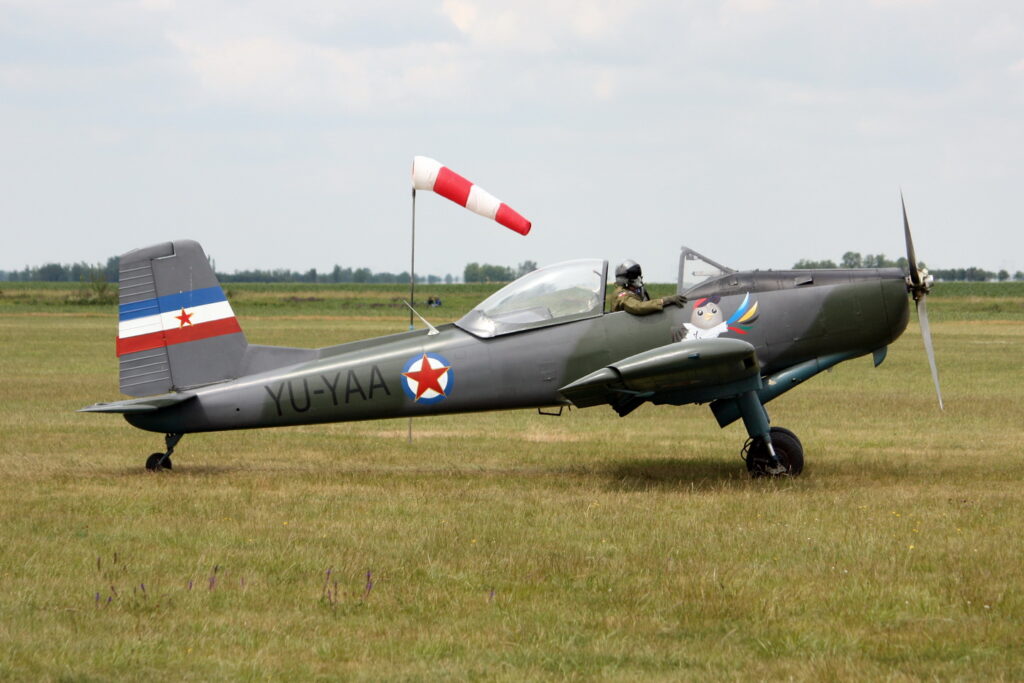
7. **Advanced Sensing: Avionics and Sensor Suites**In modern aerial warfare, superior situational awareness, enabled by advanced avionics and sensor suites, can be as crucial as raw performance. The F-22 Raptor “is equipped with a sophisticated suite of sensors, including advanced radar and electronic warfare systems,” which are integral to its operational doctrine. Its ability “to detect and engage threats from a distance” is powered by an “advanced AESA radar” and sophisticated “data fusion capabilities” that allow information from various sensors to be integrated and presented to the pilot, granting “a significant situational awareness advantage.”
The Chengdu J-20’s “avionics suite includes an advanced active electronically scanned array (AESA) radar,” which significantly “enhances its ability to track multiple targets simultaneously.” Its comprehensive suite also incorporates “electronic warfare and countermeasures systems, showcasing China’s investment in sensor technology.” This focus on advanced electronics demonstrates China’s understanding of the importance of an integrated sensor package for modern air combat, aiming to provide its pilots with robust information processing capabilities.
Furthermore, recent upgrades to the J-20 have “enhanced its radar systems, reportedly increasing its detection range by three times, and bringing it closer to Western radar technology.” While “specific details are classified,” both aircraft “likely incorporate data sharing and fusion capabilities,” allowing “information from various sensors to be integrated and presented to the pilot, enhancing situational awareness.” This convergence on advanced sensor integration highlights a global recognition of the pivotal role these systems play in the complex, data-driven environment of 21st-century air combat.
The initial examination of the F-22 Raptor and the J-20 Mighty Dragon laid a critical foundation for understanding their intrinsic capabilities and design philosophies. Yet, the narrative of air dominance extends beyond mere technical specifications, delving into the strategic, economic, and geopolitical currents that shape their deployment and influence. This second section endeavors to explore these broader dimensions, dissecting the trajectories of their development, their cost structures, their adaptable roles, and their positions within the complex tapestry of global fifth-generation aviation. Furthermore, we will consider the continuous evolution these platforms undergo, the indispensable role of pilot training, the candid assessments from U.S. officials, and the profound strategic implications that these two titans hold for the future of air power.
Military equipment: Northrop B-2 Spirit
Name: B-2 Spirit
AircraftType: stealth aircraft,Strategic bomber,heavy bomber
NationalOrigin: United States
Manufacturer: Northrop Corporation,Northrop Grumman
FirstFlight: Start date and age
Introduction: 1 January 1997
Produced: 1989–2000
PrimaryUser: United States Air Force
NumberBuilt: 21
Successors: Northrop Grumman B-21 Raider
Status: In service
Categories: 1980s United States bomber aircraft, Aircraft first flown in 1989, Aircraft with retractable tricycle landing gear, All Wikipedia articles written in American English, All articles containing potentially dated statements
Summary: The Northrop B-2 Spirit is an American heavy strategic bomber that uses low-observable stealth technology to penetrate sophisticated anti-aircraft defenses. It is often referred to as a stealth bomber.
A subsonic flying wing with a crew of two, the B-2 was designed by Northrop (later Northrop Grumman) as the prime contractor, with Boeing, Hughes Aircraft Company, and Vought as principal subcontractors. It was produced from 1988 to 2000. The bomber can drop conventional and thermonuclear weapons, such as up to eighty 500-pound class (230 kg) Mk 82 JDAM GPS-guided bombs, or sixteen 2,400-pound (1,100 kg) B83 nuclear bombs. The B-2 is the only acknowledged in-service aircraft that can carry large air-to-surface standoff weapons in a stealth configuration.
Development began under the Advanced Technology Bomber (ATB) project during the Carter administration, which cancelled the Mach 2-capable B-1A bomber in part because the ATB showed such promise, but development difficulties delayed progress and drove up costs. Ultimately, the program produced 21 B-2s at an average cost of $2.13 billion each (~$4.17 billion in 2024 dollars), including development, engineering, testing, production, and procurement. Building each aircraft cost an average of US$737 million, while total procurement costs (including production, spare parts, equipment, retrofitting, and software support) averaged $929 million (~$1.11 billion in 2023 dollars) per plane. The project’s considerable capital and operating costs made it controversial in the U.S. Congress even before the winding down of the Cold War dramatically reduced the desire for a stealth aircraft designed to strike deep in Soviet territory. Consequently, in the late 1980s and 1990s lawmakers shrank the planned purchase of 132 bombers to 21.
The B-2 can perform attack missions at altitudes of up to 50,000 feet (15,000 m); it has an unrefueled range of more than 6,000 nautical miles (11,000 km; 6,900 mi) and can fly more than 10,000 nautical miles (19,000 km; 12,000 mi) with one midair refueling. It entered service in 1997 as the second aircraft designed with advanced stealth technology, after the Lockheed F-117 Nighthawk attack aircraft. Primarily designed as a nuclear bomber, the B-2 was first used in combat to drop conventional, non-nuclear ordnance in the Kosovo War in 1999. It was later used in Iraq, Afghanistan, Libya, Yemen, and Iran.
The United States Air Force has nineteen B-2s in service as of 2024. One was destroyed in a 2008 crash, and another was likely retired from service after being damaged in a crash in 2022. The Air Force plans to operate the B-2s until 2032, when the Northrop Grumman B-21 Raider is to replace them.
Get more information about: Northrop B-2 Spirit
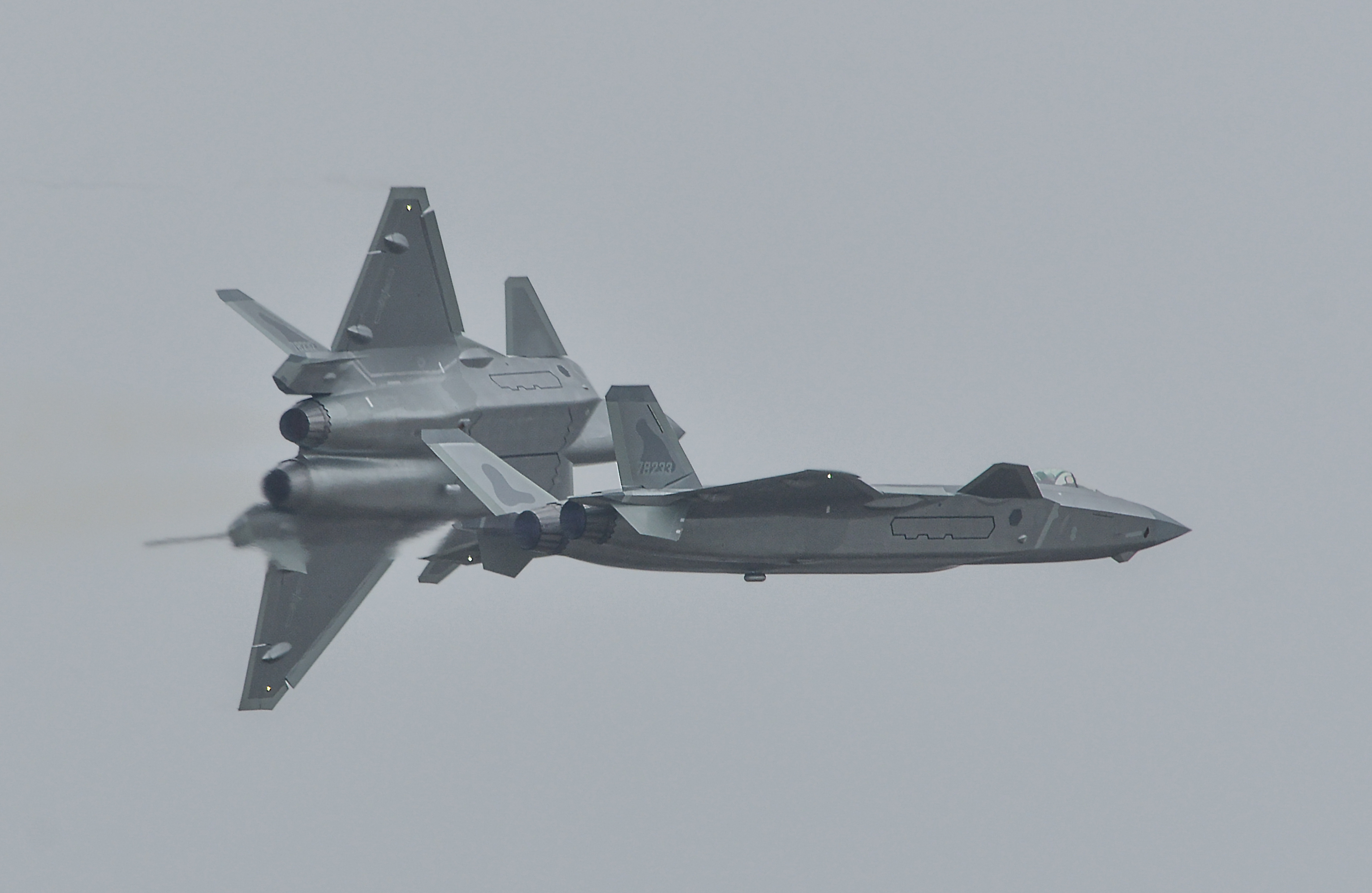
8. **Development Timelines: A Study in Contrasts**The journey from concept to operational deployment for a fifth-generation fighter jet is an arduous one, fraught with technological hurdles and immense financial outlays. The timelines associated with the J-20 and its American counterparts, the F-22 and F-35, offer a revealing insight into the differing approaches and efficiencies of their respective national aerospace industries. China’s J-20, for instance, showcased a remarkably rapid progression, transitioning from its first demonstrator flight to full operational deployment within an impressive six years. This accelerated timeline underscores a focused and efficient development paradigm that has allowed Beijing to quickly integrate cutting-edge capabilities into its air force.
In stark contrast, the development programs for the American F-22 and F-35 faced significantly longer gestation periods. These flagship U.S. fighter programs took nearly 15 to 16 years to achieve similar operational milestones. This protracted development often involved intricate design challenges, iterative testing phases, and extensive integration of diverse technologies, reflecting a meticulous, albeit slower, acquisition process inherent to Western defense procurement. The difference in these timelines is not merely a matter of speed; it speaks to the underlying industrial capabilities, strategic priorities, and bureaucratic structures that govern military innovation in both nations.
This divergence in development trajectories has profound implications for the pace of military modernization. China’s ability to rapidly field advanced platforms like the J-20 allows it to adapt more swiftly to evolving threats and technological shifts, potentially disrupting established power balances. The extended American timelines, while ensuring rigorous testing and refinement, also expose programs to prolonged cost escalation and the risk of technological obsolescence by the time they reach full maturity. This contrast highlights a critical area of competition beyond the capabilities of the aircraft themselves: the efficiency and adaptability of the defense industrial base.
Military equipment: Prenatal development
Categories: All Wikipedia articles written in American English, Articles with short description, CS1 maint: multiple names: authors list, CS1 maint: numeric names: authors list, Commons category link is locally defined
Summary: Prenatal development (from Latin natalis ‘relating to birth’) involves the development of the embryo and of the fetus during a viviparous animal’s gestation. Prenatal development starts with fertilization, in the germinal stage of embryonic development, and continues in fetal development until birth. The term “prenate” is used to describe an unborn offspring at any stage of gestation.
In human pregnancy, prenatal development is also called antenatal development. The development of the human embryo follows fertilization, and continues as fetal development. By the end of the tenth week of gestational age, the embryo has acquired its basic form and is referred to as a fetus. The next period is that of fetal development where many organs become fully developed. This fetal period is described both topically (by organ) and chronologically (by time) with major occurrences being listed by gestational age.
The very early stages of embryonic development are the same in all mammals, but later stages of development, and the length of gestation varies.
Get more information about: Prenatal development

9. **Cost Efficiencies: The Economic Equation of Air Power**Beyond the realm of technical performance, the economic viability of advanced military hardware plays a pivotal role in national defense strategies, influencing production numbers, operational sustainability, and overall military might. The F-22 Raptor, while an undisputed technological marvel, ultimately fell victim to its own formidable expense. The entire F-22 project, encompassing research, development, and production, was budgeted at a staggering US$62 billion, translating to an exorbitant US$339 million per aircraft. This astronomical cost was a primary factor in the decision to prematurely axe its production, limiting the U.S. Air Force to a relatively modest fleet size.
China’s approach with the J-20 presents a significantly different economic narrative. The research and development costs for the J-20 were estimated to be more than 30 billion yuan, approximately US$4.4 billion. Furthermore, the cost per aircraft is considerably lower, ranging from US$100 million to US$110 million. This substantial difference in unit cost underscores China’s ability to develop and field sophisticated fifth-generation fighters at a fraction of the price of their American counterparts, enabling larger production runs and more widespread deployment.
This cost disparity is not merely an accounting footnote; it is a strategic advantage. China’s capacity to field its fighters at a significantly lower cost allows for faster development and deployment cycles, contributing to a more rapid expansion of its air power. The challenges of cost overruns and delays, so vividly epitomized by programs like the F-35 in the United States, illuminate systemic inefficiencies that China has largely managed to circumvent by focusing on more cost-effective platforms. This economic efficiency directly translates into a greater capacity for scale, allowing China to rapidly build out its fleet of advanced aircraft and project its power more broadly.
Military equipment: Levelized cost of electricity
Categories: All articles with unsourced statements, Articles with short description, Articles with unsourced statements from June 2022, Electricity economics, Short description is different from Wikidata
Summary: The levelized cost of electricity (LCOE) is a measure of the average net present cost of electricity generation for a generator over its lifetime. It is used for investment planning and to compare different methods of electricity generation on a consistent basis.
The more general term levelized cost of energy may include the costs of either electricity or heat. The latter is also referred to as levelized cost of heat or levelized cost of heating (LCOH), or levelized cost of thermal energy.
Get more information about: Levelized cost of electricity
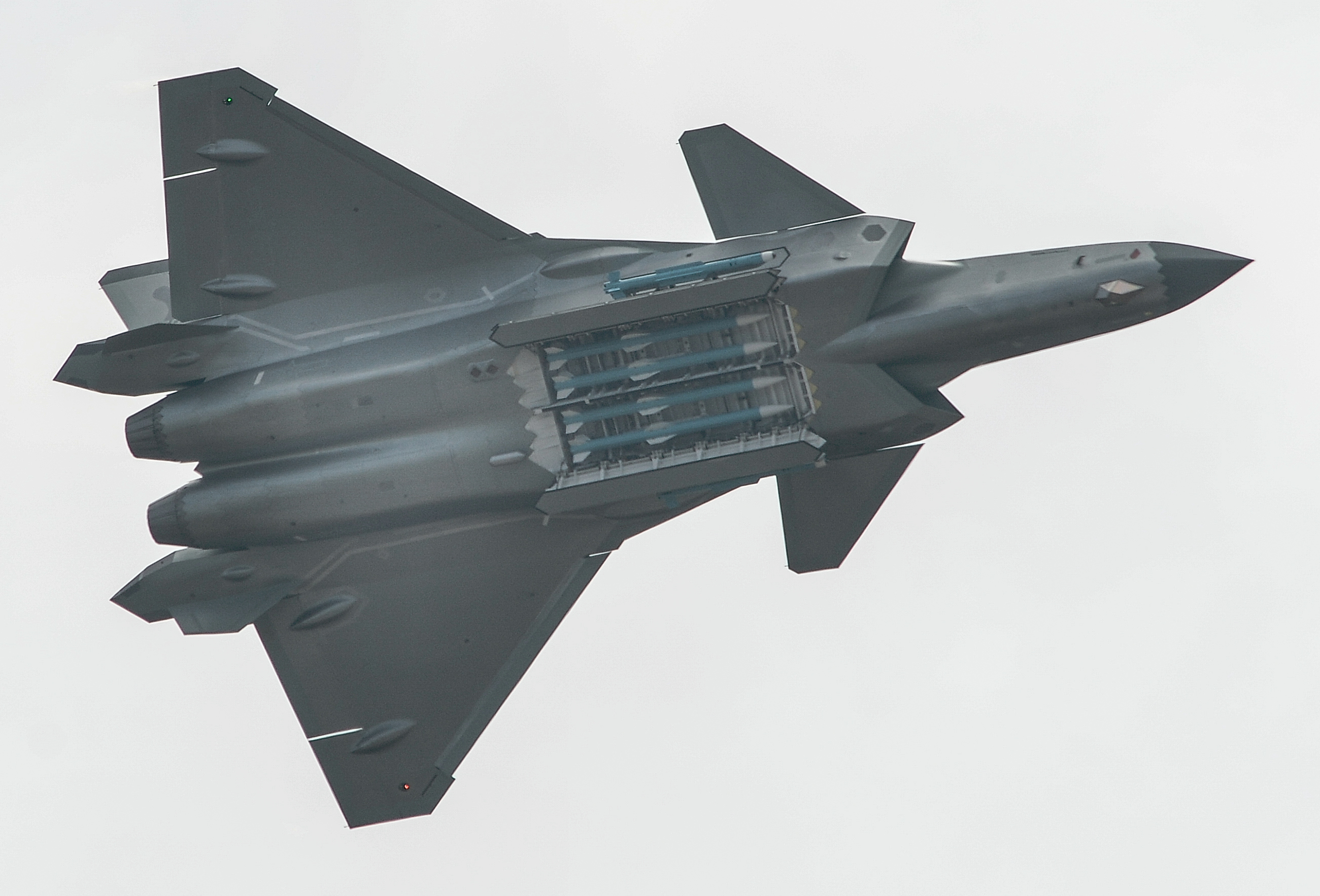
10. **Multirole Capabilities: Adapting to Diverse Strategic Demands**The evolution of modern air combat has increasingly emphasized versatility, moving beyond single-mission platforms to embrace aircraft capable of performing a wide array of tasks. Both the F-22 Raptor and the J-20 Mighty Dragon exemplify this shift, albeit with distinct primary design philosophies. The F-22, in its conception, was predominantly engineered as an air superiority platform, prioritizing unparalleled agility, speed, and stealth to dominate aerial engagements. Its design was optimized for the dogfighting capabilities necessary to achieve and maintain control of the skies, a cornerstone of American military doctrine.
Conversely, the J-20’s design philosophy indicates a prioritization of versatility and long-range engagements. It is fundamentally a multi-role fighter, with a pronounced emphasis on stealth, extended-range strike capabilities, and advanced avionics. While it may not possess the extreme dogfighting agility of the F-22, its design caters to a broader spectrum of missions, enabling it to adapt to various operational profiles. This allows the J-20 to perform roles that include not only air-to-air combat but also air-to-ground missions, making it a more adaptable asset in diverse strategic scenarios.
The shared multirole capability of both aircraft is a testament to the complex and integrated nature of contemporary aerial warfare. Whether primarily designed for air superiority or long-range versatility, both the F-22 and J-20 are equipped to handle a combination of air-to-air and air-to-surface engagements. This adaptability ensures that they can effectively contribute to various mission sets, from intercepting enemy aircraft to precision strikes against ground targets, reflecting the imperative for modern fighter jets to be flexible instruments of national power. The difference lies in their initial emphasis, shaping their strengths in specific combat domains.
Military equipment: DARPA
AgencyName: Defense Advanced Research Projects Agency
Logo: DARPA Logo 2010.png
Formed: [object Object]
Coordinates: 38.8788|-77.1088|type:landmark_region:US-VA,title
Preceding1: Advanced Research Projects Agency
Jurisdiction: Federal government of the United States
Headquarters: Ballston, Virginia
Employees: 220
Budget: $4.122 billion (FY2024)
Website: www.darpa.mil
ParentDepartment: United States Department of Defense
Chief1Name: Stephen Winchell
Chief1Position: Director
Categories: 1958 establishments in Virginia, All Wikipedia articles in need of updating, All Wikipedia articles written in American English, All articles with dead external links, All articles with unsourced statements
Summary: The Defense Advanced Research Projects Agency (DARPA) is a research and development agency of the United States Department of Defense responsible for the development of emerging technologies for use by the military. Originally known as the Advanced Research Projects Agency (ARPA), the agency was created on February 7, 1958, by President Dwight D. Eisenhower in response to the Soviet launching of Sputnik 1 in 1957. By collaborating with academia, industry, and government partners, DARPA formulates and executes research and development projects to expand the frontiers of technology and science, often beyond immediate U.S. military requirements. The name of the organization first changed from its founding name, ARPA, to DARPA, in March 1972, changing back to ARPA in February 1993, then reverted to DARPA in March 1996.
The Economist has called DARPA “the agency that shaped the modern world”, with technologies like “Moderna’s COVID-19 vaccine … weather satellites, GPS, drones, stealth technology, voice interfaces, the personal computer and the internet on the list of innovations for which DARPA can claim at least partial credit”. Its track record of success has inspired governments around the world to launch similar research and development agencies.
DARPA is independent of other military research and development and reports directly to senior Department of Defense management. DARPA comprises approximately 220 government employees in six technical offices, including nearly 100 program managers, who together oversee about 250 research and development programs.
Stephen Winchell is the current director.
Get more information about: DARPA
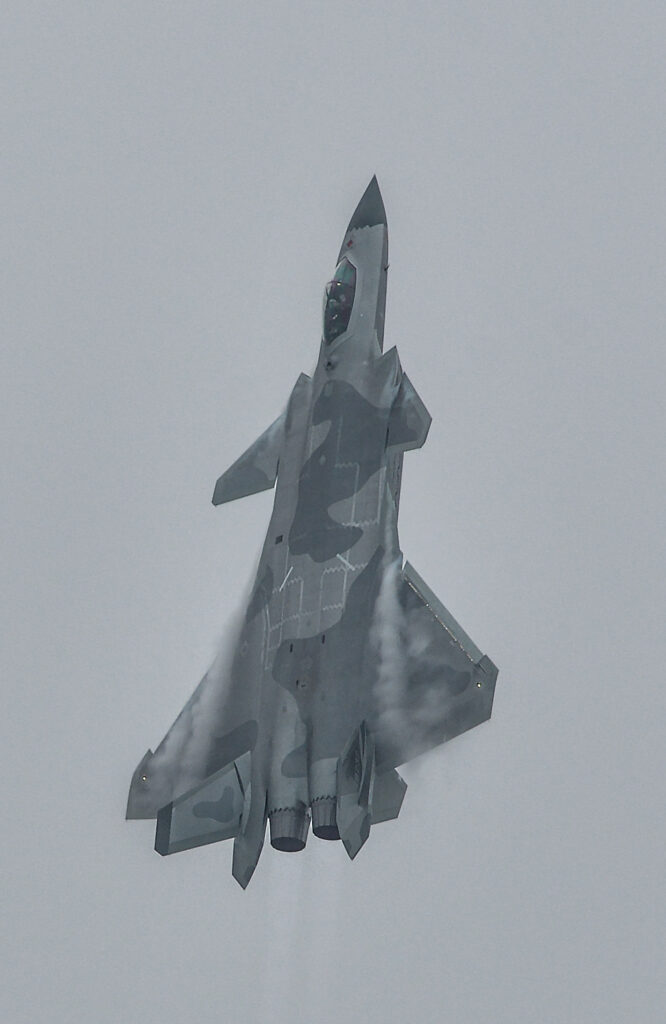
11. **Positioning within the Global Fifth-Generation Landscape**The advent of fifth-generation fighter technology has created an exclusive club of nations possessing the most advanced aerial combat capabilities. Within this elite tier, the J-20’s position is particularly noteworthy. Currently, China stands as the only country outside the United States with a fully operational fifth-generation stealth fighter deployed in meaningful numbers. This unique status elevates the J-20 beyond a mere regional asset, making it a critical player on the global stage.
While Russia’s Sukhoi Su-57 is often discussed in the context of stealth aviation, its production and deployment remain limited, with approximately 44 units in service as of April 2025. This limited operational presence means that the J-20 effectively stands as the only genuine global stealth counterpart to the formidable F-22 and F-35. China’s firm entry into this exclusive club of nations producing and operating fifth-generation fighters underscores a significant shift in the global balance of military technology and influence.
This strategic positioning carries profound implications for international security dynamics. The J-20’s emergence necessitates a re-evaluation of air power doctrines and capabilities by other nations, particularly those with strategic interests in the Western Pacific. Furthermore, China’s recent unveiling of what are widely referred to as sixth-generation fighter concepts signals an intent to not only compete but potentially surpass existing benchmarks. This continuous push for innovation firmly establishes China as a formidable and evolving player in the advanced air combat landscape, redefining the parameters of aerial superiority for the coming decades.
Military equipment: IPad Pro
1: [object Object]
2: [object Object]
3: [object Object]
4: [object Object]
5: [object Object]
6: [object Object]
7: [object Object]
8: 13-inch, 11-inch 5G: 8 GB or 16 GB
Name: iPad Pro
Logo: File:IPad Pro With Logo Apple.svg
Caption: Wikipedia
Developer: Apple Inc.
Manufacturer: Foxconn
Family: iPad
Type: Tablet computer
Discontinued: Collapsible list
Os: iOS
Power: Collapsible list
Title: Other models
Soc: Collapsible list
Cpu: Collapsible list
Memory: Collapsible list
Storage: flash memory
Display: IPS panel
Graphics: PowerVR#Series 7XT
Sound: Four speakers, adjusting sound to device orientation
Input: Multi-touch,touch screen,#Audio
Camera: collapsible list
Connectivity: collapsible list
Dimensions: 305.7 mm
Abbr: on
Weight: 713 g
Related: Apple Pencil
Website: www.apple.com/ipad-pro/
Releasedate: [object Object]
Service: App Store (iOS),Apple Music,iTunes Store,iBookstore,iCloud,Game Center
Categories: Articles with short description, Foxconn, IPad, Official website different in Wikidata and Wikipedia, Pages using the EasyTimeline extension
Summary: The iPad Pro is a series of tablet computers, positioned as the premium line of Apple’s iPad brand. It runs iPadOS, a tablet-optimized fork of the iOS operating system. Early models were distinguished from other iPads by their ability to use the Apple Pencil stylus and their larger screen size. As other iPads have gained these features over time, the latest 7th generation iPad Pro is notable among other features for its powerful processor (the M4) and being the thinnest Apple product ever released.
The original iPad Pro was introduced in September 2015, and ran iOS 9. It had an A9X chip, and came in two sizes: 9.7-inch and 12.9 inch; the 9.7 inch coming out in March 2016. The second-generation iPad Pro was unveiled during the June 2017 WWDC event. It came with an upgraded A10X Fusion processor and superseded the 9.7-inch model with a 10.5-inch model. The third-generation iPad Pro was announced in October 2018 with a new all screen design. As a part of the redesign, the home button was removed in favor of Face ID. It came in 11-inch and 12.9-inch models, the same screen sizes used by every subsequent model to date.
The fourth-generation iPad Pro, introduced in March 2020, included the A12Z chip, and was introduced alongside the Magic Keyboard for iPad. The fifth-generation iPad Pro, announced in April 2021 incorporated Apple’s desktop-class M1 processor, making it the first iPad model to not use an A-series processor. The sixth-generation iPad Pro was introduced in October 2022 alongside the 10th-generation iPad. It includes the M2 processor, Apple Pencil Hover, and ProRes video. The seventh-generation iPad Pro and current-generation iPad Pro was introduced in May 2024 alongside the 6th-generation iPad Air, launching with the M4 processor, Apple Pencil Pro, a new Magic Keyboard with function keys and is the first iPad with an OLED display.
Get more information about: IPad Pro
Read more about: Beyond the Tanks: A Deep Dive into China’s Groundbreaking Radar and Advanced Weaponry Reshaping Global Military Dynamics
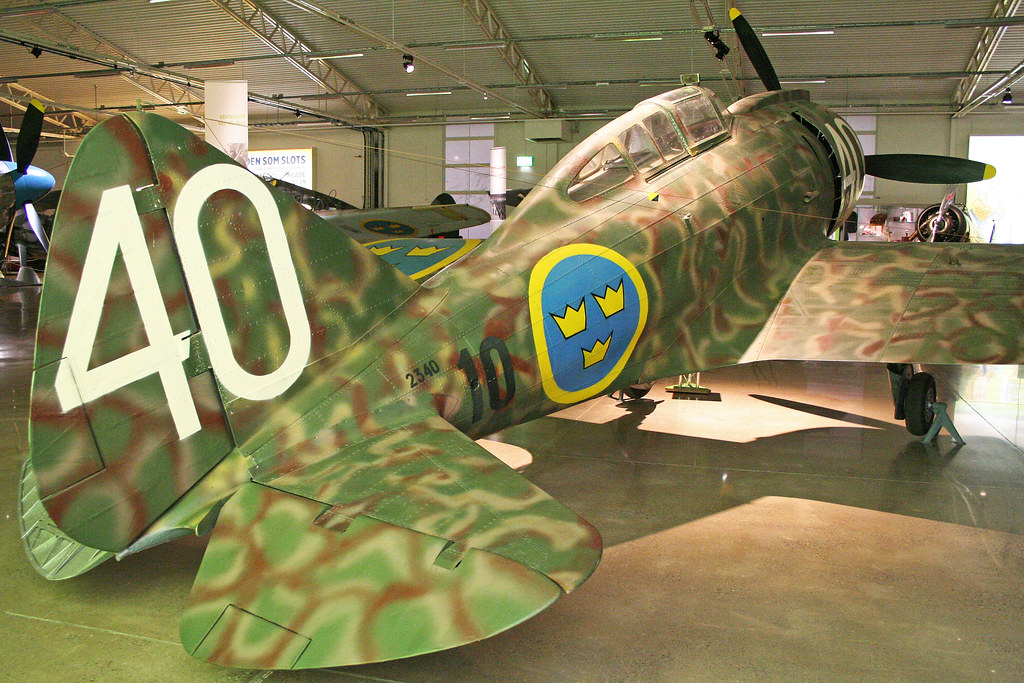
12. **Continuous Upgrade Pathways: Evolution of the Mighty Dragon**Advanced military aircraft are not static entities; they are continuously refined and upgraded throughout their service lives to maintain technological superiority and adapt to emerging threats. The Chengdu J-20 exemplifies this iterative development, showcasing a clear pathway of continuous improvement since its introduction. Recognized as a work in progress, the “Mighty Dragon” has been the subject of rapid advancements, demonstrating China’s commitment to enhancing its capabilities.
Recent upgrades have significantly bolstered the J-20’s radar systems. Reports indicate a threefold increase in its detection range, bringing its capabilities markedly closer to Western radar technology. This enhancement in sensor performance is critical for improving situational awareness and long-range targeting, making the aircraft more formidable in air-to-air engagements. These ongoing improvements highlight a deliberate strategy to incrementally close the technological gap with established fifth-generation platforms.
Perhaps the most significant limitation of earlier J-20 variants, the WS-10 engine, is being systematically addressed. China is actively developing the new WS-15 engine, which promises improved efficiency, greater thrust, and the potential to enable the J-20 to achieve true supercruise and thrust vectoring capabilities, features long associated with the F-22. These anticipated engine upgrades are poised to unlock the J-20’s full potential, transforming it from a heavily inspired platform into a more fully realized and capable fifth-generation fighter, capable of challenging the F-22’s key performance metrics. The rapid pace of these upgrades, encompassing both radar and propulsion, suggests that while the J-20 may not yet match the F-22 in all aspects, its evolving technology and continuous production make it a serious and increasingly formidable contender in modern air combat.
Military equipment: U-2 Dragon Lady
Contractor: Lockheed Martin Aeronautics
Service: United States Air Force
Power Plant: One General Electric F118-101 engine
Speed: 410
Range: 7,000
Ceiling: Above 70,000 feet (21,212+ meters)
Crew: One (two in trainer models)
The aircraft has the following sensor packages: electro-optical infrared camera, optical bar camera, advanced synthetic aperture radar, signals intelligence, and network-centric communication.
Categories: Military Aircraft, Air Force Aircraft, Surveillance Aircraft, Air Force Equipment
Get more information about: U-2 Dragon Lady
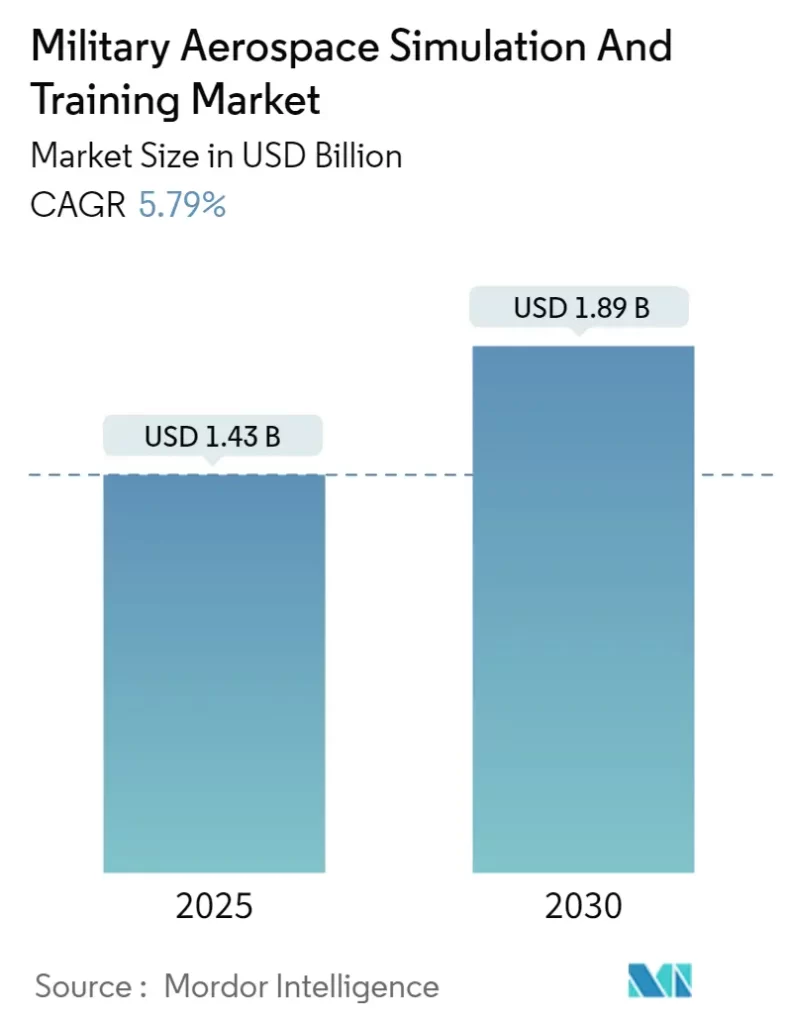
13. **The Critical Role of Pilot Training and Interoperability**In the intricate ballet of aerial combat, the capabilities of the aircraft are only one half of the equation; the skill, training, and coordination of the pilots are equally, if not more, decisive. While China has made undeniable strides in aircraft manufacturing, the United States still retains a significant advantage in areas such as fighter logistical infrastructure, combat experience, and, crucially, pilot training methodologies. This enduring gap, though diminishing, remains a vital differentiator in assessing overall air power.
General Kenneth S. Wilsbach, head of Pacific Air Forces, has consistently underscored the importance of this human element. He firmly believes that beyond the intrinsic capabilities of the aircraft themselves, the interoperability and advanced training methods employed by the United States and its allied countries provide a distinct edge, placing potential adversaries like China in a highly disadvantageous position. This multinational coalition of partners regularly engages in sophisticated training exercises specifically tailored for high-threat scenarios. Such rigorous preparation fosters a level of coordination and tactical prowess that would present a formidable challenge for any Chinese aircraft attempting to counter them.
The emphasis on integrated training and interoperability reflects a holistic approach to air power that extends beyond individual platforms. It acknowledges that modern aerial warfare is a team endeavor, where the seamless exchange of information, coordinated tactics, and shared combat experience can amplify the effectiveness of diverse air assets. This aspect of the air dominance race – the qualitative advantage in human capital and collaborative strategy – is a complex area where the U.S. and its allies continue to hold a considerable, though increasingly challenged, lead.
Military equipment: Live, virtual, and constructive
Categories: All articles covered by WikiProject Wikify, All pages needing cleanup, Articles covered by WikiProject Wikify from March 2015, Articles needing cleanup from October 2014, Articles with multiple maintenance issues
Summary: Live, Virtual, & Constructive (LVC) Simulation is a broadly used taxonomy for classifying Modeling and Simulation (M&S). However, categorizing a simulation as a live, virtual, or constructive environment is problematic since there is no clear division among these categories. The degree of human participation in a simulation is infinitely variable, as is the degree of equipment realism. The categorization of simulations also lacks a category for simulated people working real equipment.
Get more information about: Live, virtual, and constructive
Read more about: India’s $15 Billion Fighter Quest: Unpacking the F-21’s Dual History and Strategic Imperatives
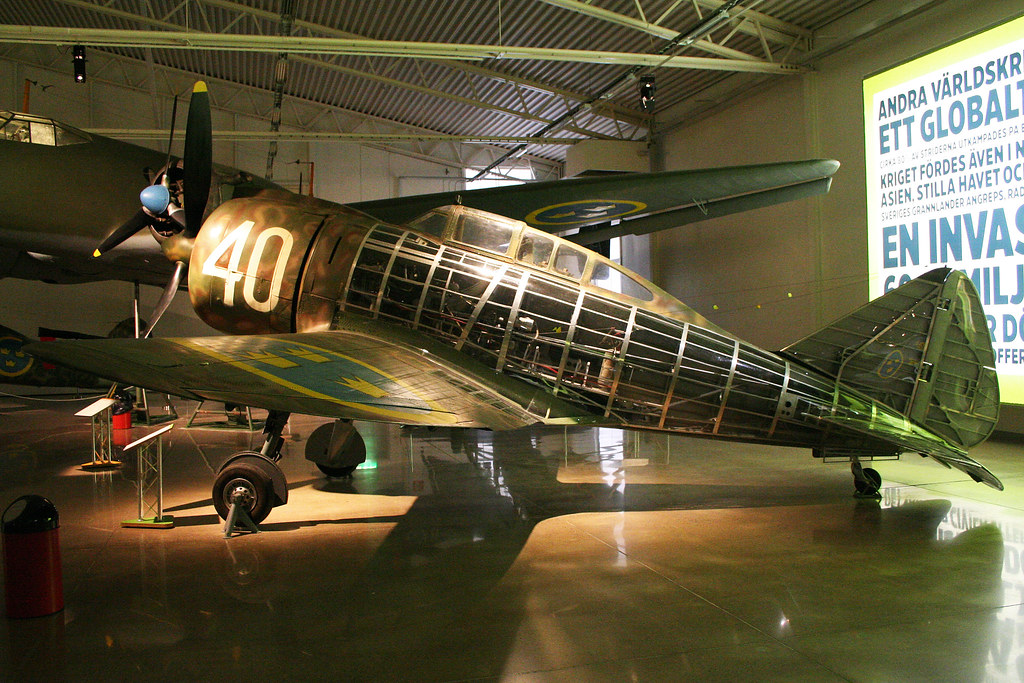
14. **Assessments from U.S. Officials and Strategic Implications**The emergence and continuous development of the J-20 have naturally drawn considerable attention and assessment from U.S. defense officials, who offer critical perspectives on its capabilities relative to American fifth-generation fighters. General Kenneth S. Wilsbach, a high-ranking U.S. Air Force official, has provided notable insights, stating in 2023 that the J-20 is not currently considered a “dominating aircraft” when compared to the capabilities of the F-22 and F-35. His remarks, echoing sentiments from 2022 where he characterized the J-20 as “okay” and “not anything to lose a lot of sleep over,” suggest a continued confidence in the qualitative edge of U.S. stealth platforms. Wilsbach also asserted that a “large portion of the technology incorporated in the J-20” was “stolen from the US,” highlighting concerns about intellectual property and the origins of its advanced features.
Beyond direct capability comparisons, Wilsbach has emphasized that the collective strength of U.S. aircraft, when integrated with those of allies and partners, creates a robust defense that can effectively address any challenges posed by the J-20. This multinational coalition, regularly engaged in high-threat training, is viewed as presenting an exceedingly challenging environment for any Chinese aircraft to operate in effectively. This perspective underscores a strategic reliance on network-centric warfare and collective defense, rather than solely on individual aircraft performance.
The strategic implications of the J-20 and China’s broader aerospace advancements are profound, particularly concerning regional security and the global balance of power. A recurring concern relates to the J-20’s potential threat to Taiwanese military forces in the event of an invasion. While Wilsbach advises Taiwan to invest in systems capable of countering the J-20, he importantly notes that other threats, such as H-6 bombers, ballistic, and cruise missiles, pose a more substantial concern. He advocates for Taiwan to prioritize defense against a broad spectrum of threats to become a formidable and resilient target, suggesting a nuanced view of the J-20’s direct tactical impact in such a scenario.
Military equipment: United States Government Accountability Office
AgencyName: United States Government Accountability Office
Logo: GAO logo with text below.png!class=skin-invert
LogoWidth: 210px
LogoCaption: Logo of the U.S. Government Accountability Office
Seal: Seal of the United States Government Accountability Office.svg
SealWidth: 140px
SealCaption: Seal of the U.S. Government Accountability Office
Picture: Flag of the United States Government Accountability Office.svg
PictureCaption: Flag
Formed: [object Object]
Headquarters: Washington, D.C.,United States
Employees: 3,015 FTEs (2018)
Budget: $637 million (FY2019)
Chief1Name: Gene Dodaro
Chief1Position: Comptroller General of the United States
Footnotes: [object Object]
Categories: 1921 establishments in Washington, D.C., Agencies of the United States Congress, All articles with unsourced statements, All pages needing factual verification, Articles with short description
Summary: The United States Government Accountability Office (GAO) is an independent, nonpartisan government agency within the legislative branch that provides auditing, evaluative, and investigative services for the United States Congress. It is the supreme audit institution of the federal government of the United States. It identifies its core “mission values” as: accountability, integrity, and reliability. It is also known as the “congressional watchdog”. The agency is headed by the comptroller general of the United States. The comptroller general is appointed by the president with the advice and consent of the Senate. When a vacancy occurs in the office of the comptroller general, Congress establishes a commission to recommend individuals to the president. The commission consists of the following: the speaker of the United States House of Representatives the president pro tempore of the United States Senate the majority and minority leaders of the House of Representatives and the Senate the chair and ranking member of the Senate Committee on Homeland Security and Governmental Affairs the chair and ranking member of the House Committee on Oversight The commission must recommend at least three individuals to the president, and the president may request that the commission recommend additional individuals. The president then selects an individual from those recommended to nominate as the new comptroller general. The president’s nomination must be confirmed by the Senate’s Committee on Homeland Security & Governmental Affairs before being voted on by the full Senate. The current comptroller general is Gene Dodaro, who has served in the position since March 13, 2008.
Get more information about: United States Government Accountability Office
Read more about: The Erosion of Trust: How Trump’s Baseless Claims About Job Numbers Threaten the Foundation of U.S. Economic Data
Ultimately, China’s rapid ascension in aerospace innovation, highlighted by the J-20’s quick development and its subsequent unveiling of sixth-generation concepts, signals a seismic shift in global air power dynamics. For decades, the United States has relied on air superiority as the bedrock of its military doctrine. However, as China accelerates its advancements, this long-held dominance is increasingly at risk. The question is no longer whether China can match U.S. advancements, but whether America can address its industrial, economic, and strategic hurdles in time to maintain its strategic position. The stakes are undeniably high, and the trajectory suggests that for the first time since World War II, America may face a genuine challenge to its supremacy in the skies, marking an inevitable, or at least highly probable, reordering of global air power.

